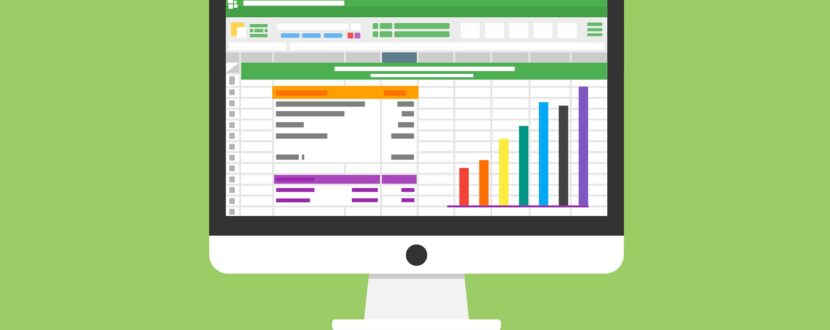Chargebacks happen for varying reasons. They could result from dissatisfied customers, damaged merchandise, or incorrect items being delivered. Financial institutions will be no strangers to the chargeback process, or to the havoc it can wreak on a merchant’s bottom line. It’s also not difficult to see why merchants would want to avoid them at all costs.
Is a TC40 report the answer to preventing chargebacks, though? Maybe not.
It’s important for banks to set clear expectations for merchants when it comes to understanding what this report can and can’t do for them. That’s why, in this post, we’ll explain what TC40 data is. We’ll also outline the bank’s role in the process to give you an idea as to how you should manage the situation.
TC40 Data: Defined
When a customer makes a fraud claim against a merchant, their issuer generates a TC40 claim and then transmits it to the merchant’s acquirer and to card networks like Visa and Mastercard. By doing so, it ensures that all fraud incidents are reported and tied to the merchant’s account.
A TC40 report is only generated in cases of true fraud. A standard TC40 data claim is comprised of the bank identification number (BIN), geographic information about the transaction, currency code, and merchant identification information.
Visa and Mastercard collect and use these reports as part of their programs to manage fraud. Each brand has its own compliance program. Visa uses Risk Identification Service (RIS) and Mastercard uses the Fraud and Loss Database (FLD). The latter replaced the System to Avoid Fraud Effectively (SAFE) program, which was decommissioned in October 2020.
The data collected helps banks to identify merchants with unusually high fraud levels, and take the appropriate action to mitigate risk. Merchants need to understand that if RIS or FLD labels them as “high risk”, they could ultimately lose their chargeback protection until they take the necessary steps to correct the issue.
How Does TC40 Data Affect Merchants?
Although the exact calculations and thresholds are not published, the more TC40 data fraud claims are collected against the merchant, the likelier the acquirer will view them as high risk. In this situation, as we mentioned before, the bank has every right to refuse to accept payments.
There are a few other setbacks merchants ought to be aware of. Firstly, when a TC40 data claim is generated, they generally are not notified. They can request to see the report, but the acquirer or processor is under no obligation to share it with them.
Secondly, the reports are often put together in large files containing descriptor items used by banks and card networks. This terminology can be confusing for merchants, making it difficult to transmit and review the file.
Finally, not every TC40 report will inevitably result in a chargeback. When it comes to smaller transactions, for instance, the cost of filing a chargeback can be greater than the value of the transaction itself. In this situation, the bank can decide to refund the customer and write off the loss. Even if the charge is written off, though, issuers can still count a strike against the merchant.
This can be especially frustrating due to the fact that they might not have been notified in the first place. One of the significant differences between a chargeback and a TC40 data report is that merchants may choose to challenge the chargeback claim if they believe it’s invalid, whereas the same option is not available with a TC40 report.
TC40 Data Isn’t a Chargeback Cure-all
Some merchants believe that TC40 data will give them a leg-up in the fight against chargebacks and fraud. It’s true that it can help identify merchants that have unusually high fraud levels, and acquirers then use these reports to judge merchant risk profiles.
TC40 reports also keep track of all fraud reports associated with a merchant, giving them the ability to see which customers filed fraud claims against them.
The bottom line is that TC40s can be easily misinterpreted. Merchants must be equipped to get their chargebacks under control in the event of an unflattering TC40 data report, and they must know what to expect if they find themselves labeled high risk.



